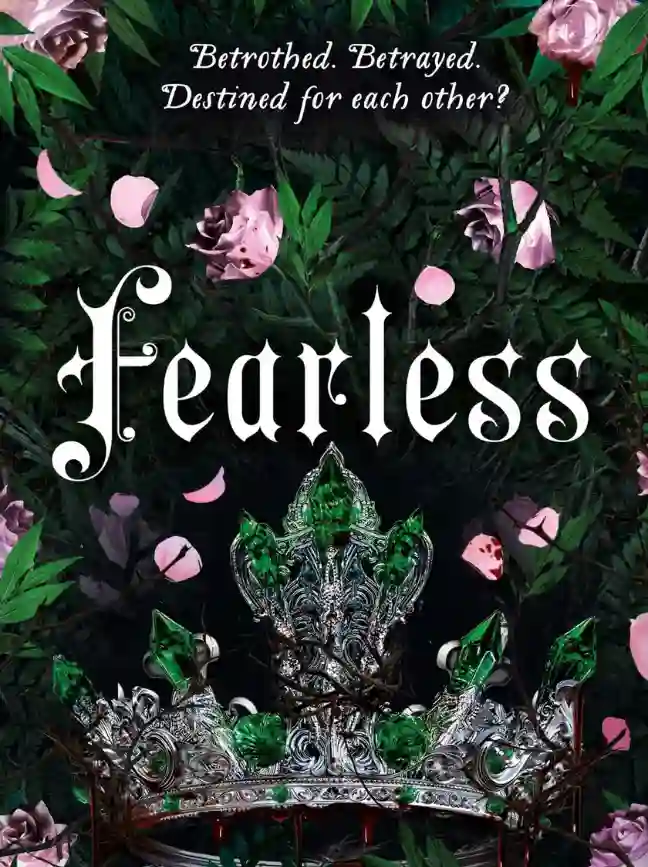Sadie rented an apartment in the Clownerina building in Venice, a six- and-a-half-minute walk from Unfair. The building had a thirty-foot-tall mechanical sculpture of a male clown dressed in a ballerina’s tutu and toe shoes. Once upon a time, the ballerina had kicked, but either seawater had rusted his gears or tenants had complained that his motor was too loud. During the years Sadie lived in the building, Clownerina just stood there, his right red toe shoe demurely extended, waiting for the day when he would dance again
Clownerina may have been kitsch, but Sadie adored him. He represented the spirit of California to her—and for the first time in her life, she fully embraced her native city. She donated her winter coats to Goodwill, and she started wearing floppy hats and maxi dresses. She went to flea markets with Zoe, and they shopped for vintage vinyl and long necklaces and artisanal pottery. She burned incense and gave up caffeine. She grew her hair long, down to her waist, and parted it in the middle. She started doing Pilates, and she threw Dov’s handcuffs into the sea. She dated
—a scruffily handsome guy in an indie rock band, a scruffily handsome actor who was mainly known for indie films, a scruffily handsome tech guy who had sold his dot-com to a bigger dot-com. She threw elaborate dinner parties and prided herself on knowing the new bands before anyone else did. She bought a used VW bug the color of the California sky. She had brunch with her family every Sunday. She woke early, slept very little, and routinely worked eighteen-hour days. If California was a costume that could be worn, Sadie wore it as easily as Clownerina wore his tutu and derby hat.
Sadie didn’t know why Sam had chosen to live on the Eastside. What native Angelino would willingly subject themselves to a fifty-minute commute? In those days, they rarely spoke of anything but the game they
were making, so she did not ask him for an explanation. She had stopped devoting any time to imagining her partner’s motivations.








